Alright Nike, we have to give you guys credit where it is due, you guys always seem to bring the goods when it comes to the World Cup. You not only perfectly replicated what it is like playing football in the park with a few friends, but you also brought the Superfly out of it’s cryogenic freezer and given it a spiffy 2014 makeover to make everyone look forward to the World Cup that little bit more. From the outside looking in, I am sure there is one question that some would be asking: what is so special about the Superfly, anyway? Well, let us take a quick journey back in time, and things are about to get a little retro.
Nike Mercurial Superfly I (2009)
Genesis. The beginning. Whatever you want to call it, the Superfly range started life back in 2009, with a massive launch at Old Trafford and Cristiano Ronaldo showed off as the poster boy for the range. The Superfly I was the product of 2 years of work in Nike’s R&D department, with plenty of feedback from the pros along the way. While the weight of the boot did impress many (a 185 gram boot back in those days was pretty damn impressive), it was the implementation of Flywire that caught the eye of many.
Flywire is what Flyknit is to Nike today, it was Nike’s big ticket technology that allowed Nike to make a boot stronger without sacrificing weight. Flywire can be thought of like cables on a suspension bridge which enabled players to get support where it is needed. So with Flywire adding strength and stability, it meant less materials were used in making the Superfly to bring the weight of the boot down.
The carbon fibre soleplate is nothing to sneeze at either, which alongside Flywire were the two things that made the Superfly unlike any other boot. The responsive and lightweight material allowed players to get to the ball first, and the Teijin synthetic upper ensured when you got to the ball first, you were granted a great one-to-one feel for the ball. However, when you combine Flywire with carbon fibre, it saw the price of football boots hitting the very rarely seen heights of $400. We saw some iconic colourways with the Superfly I, but then Nike decided to really change things up when it came to the aesthetics of the Superfly…
Nike Mercurial Superfly II (2010)
In the year that the Superfly I was around, it quickly became one of the world’s ‘must have’ football boots…and a lot of that exclusivity was probably down to the price tag. The Superfly I had a good run, but it was time for a brand new Superfly. Flywire was allowed back into the fray for a second time, and so was the carbon fibre outsole. What made the Superfly II different then? Well turn over the boot, look towards the top of the soleplate and you will think ‘now what is that thing there?’
This time around, the SenseStud was the big update for the Superfly II. The SenseStud is an adaptive stud that can extend and retract by up to 3mm, based on ground conditions and pressure exerted by the player. It was certainly unlike anything else ever seen on a football boot, and immediately caught the eye of the football boot world. Just to make sure people were not thinking that Nike were getting complacent, they also casually threw in a redesigned upper which saw a change in the positioning of the Flywire filaments for an even better fit.
Unveiled at an elaborate show in front of London’s Battersea Power Station by Cristiano Ronaldo himself, the Superfly II was arguably the catalyst for Nike to stick carbon fibre onto all of Nike’s football boots, which was done for the first time at the 2010 World Cup. The Superfly II was also the first boot to be given the CR7 trademark treatment, with the Safari Superfly II going down as one of the most iconic boots of all time.
Nike Mercurial Superfly III (2011)
Nike never liked giving their Superfly boots more than a year do they? This time around though, there was no massive update to the Superfly III like there was from the 1st to the 2nd generation boot. If anything, this update is a bit like when Apple released the iPhone 4S, in the sense that wholesale changes were not made to the iPhone 4.
Of course, the most obvious change between the boots is in the design, with a more jagged, lightning bolt-like design on the instep. Here is where we start to get a bit (boot) nerdy. Nike again rejigged the placement of Flywire, which now extends further back towards the heel of the boot to accommodate for the extra lace hole at the front of the boot. The upper was also a little softer, making the break in period that little bit easier.
But, there was a quiet issue growing for Nike. Fans were becoming disgruntled at the price tag, more and more professionals ditched the SenseStud for what was eventually the stud configuration for the Vapor VIII. So Nike decided to put the Superfly range into a coma, and they would bring out the monster when they felt the football boot world was ready for it again. Fast forward back to 2014, and we have our Superfly back. And man oh man, I cannot wait for my Superflys to rock up to my door…
What was your favourite Superfly? Share your thoughts in the comments section below.

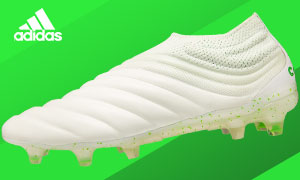
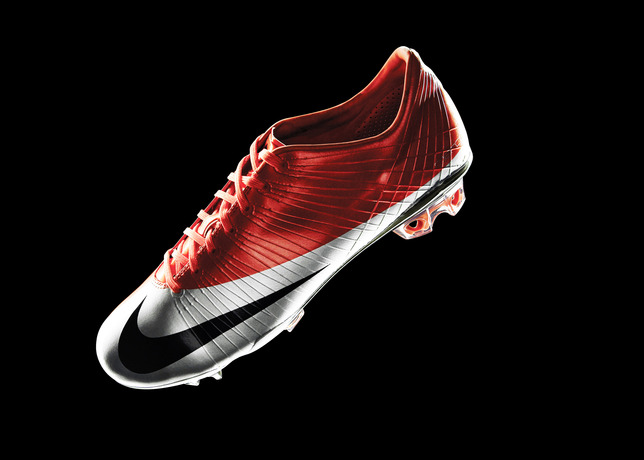
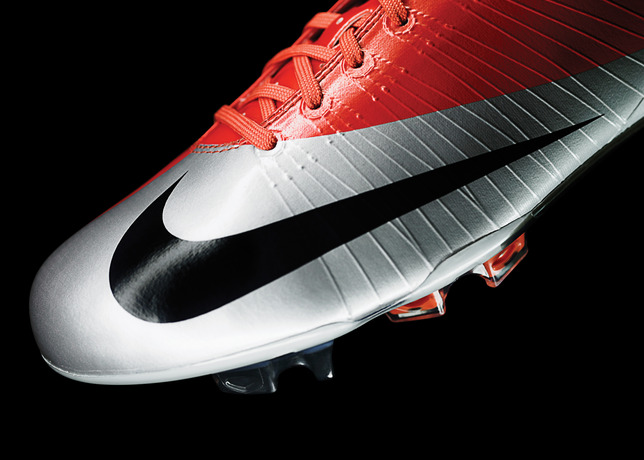
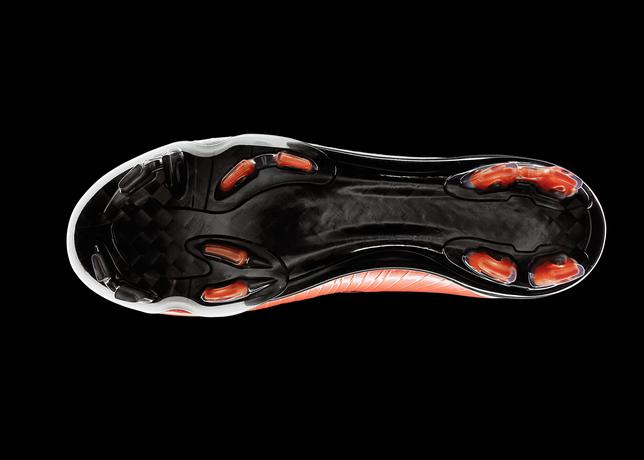
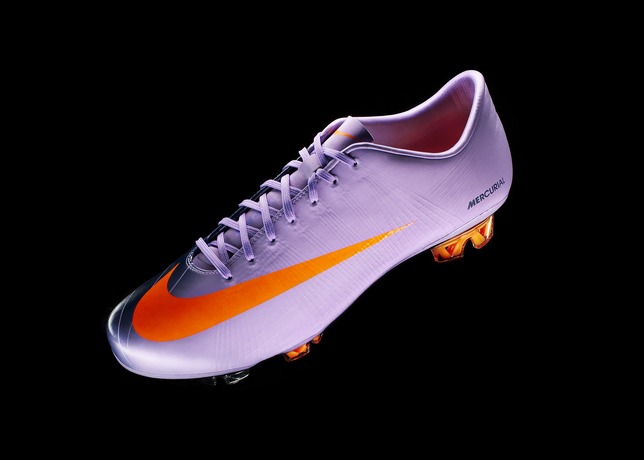
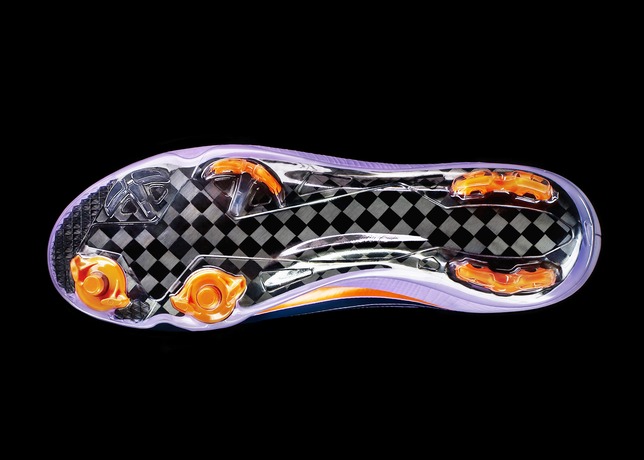
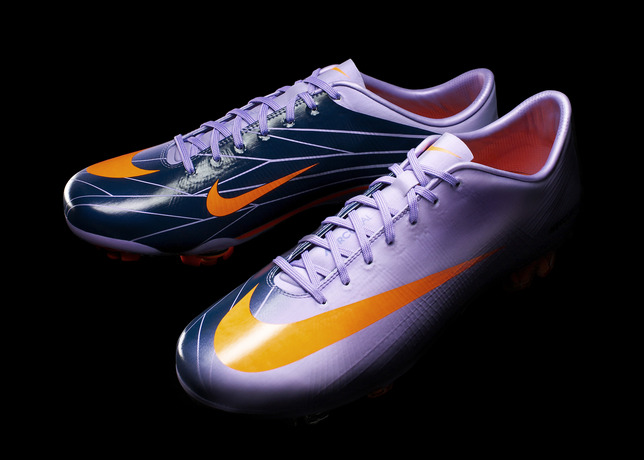
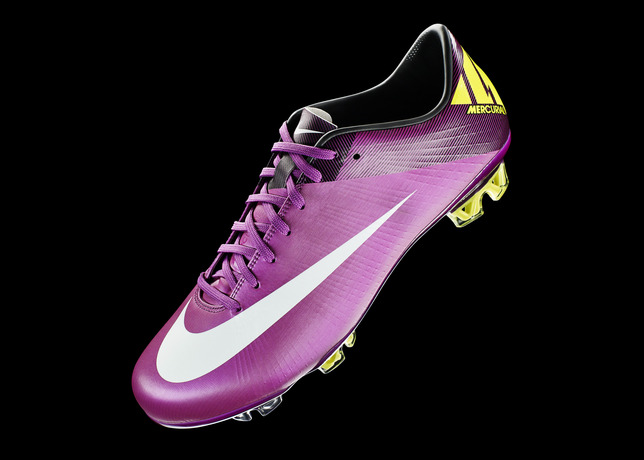
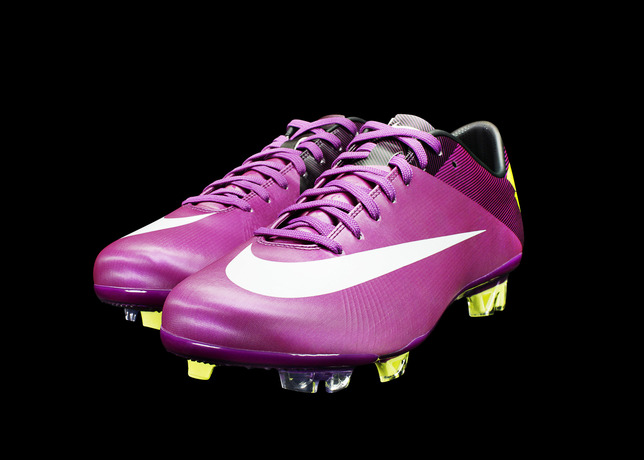
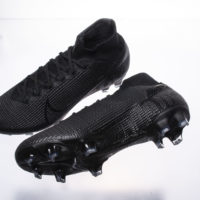
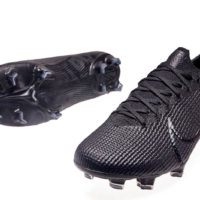
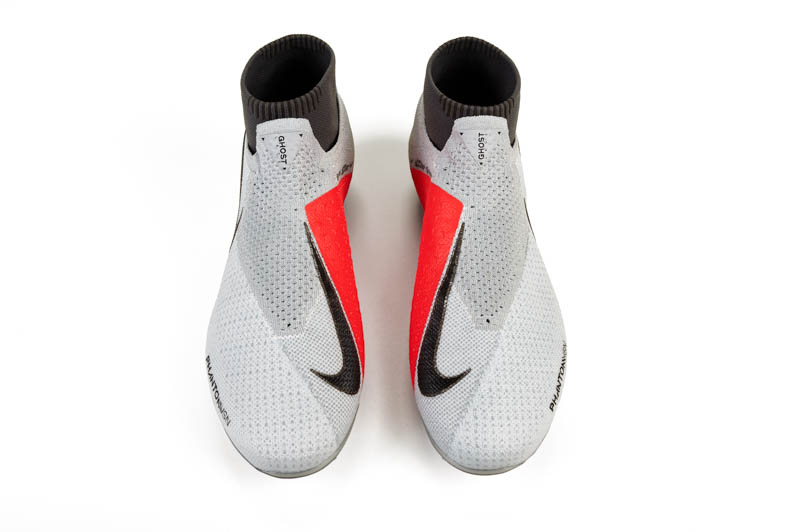
5 Comments